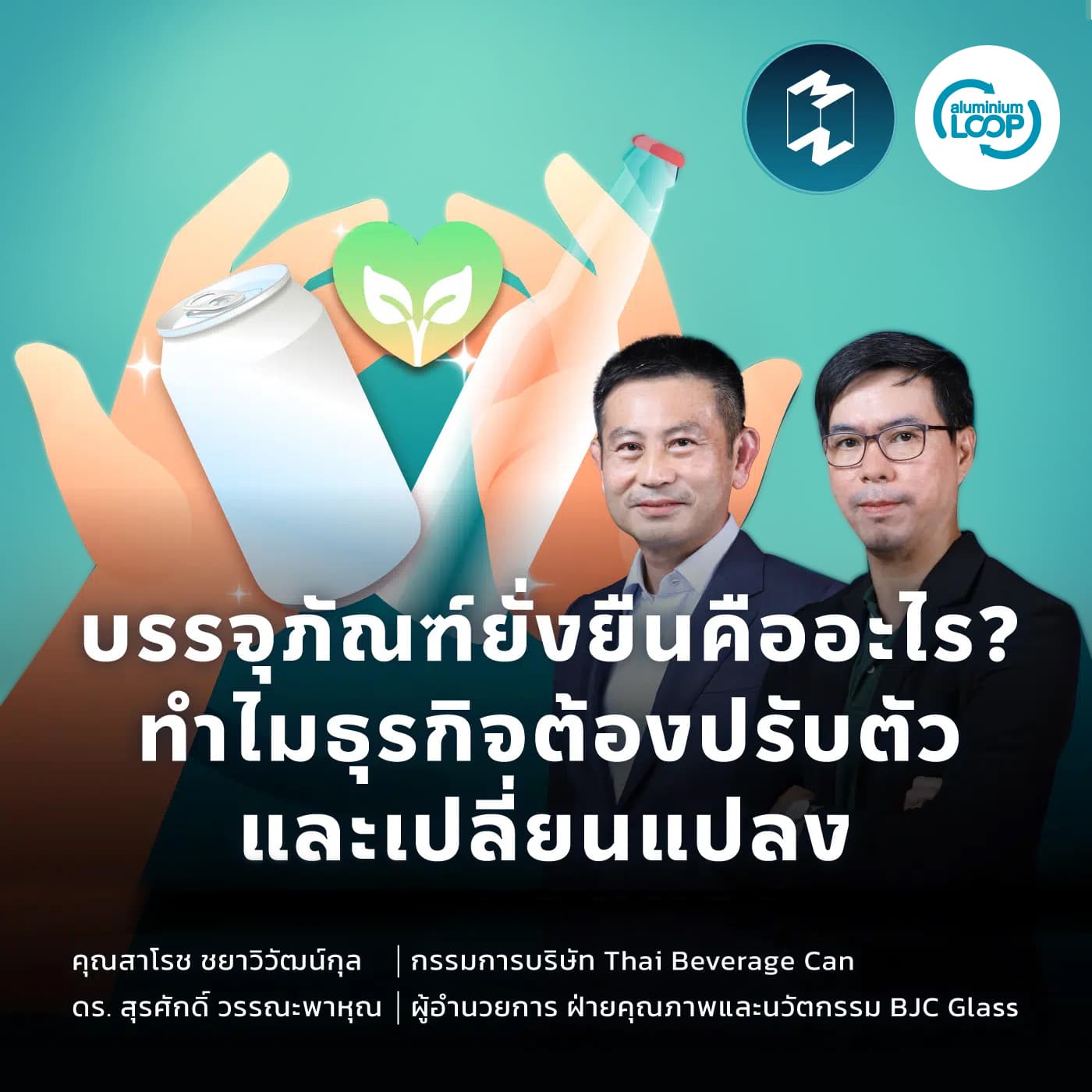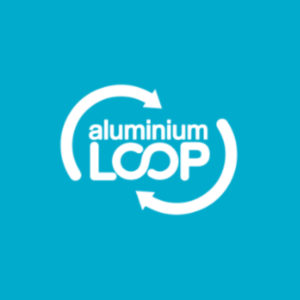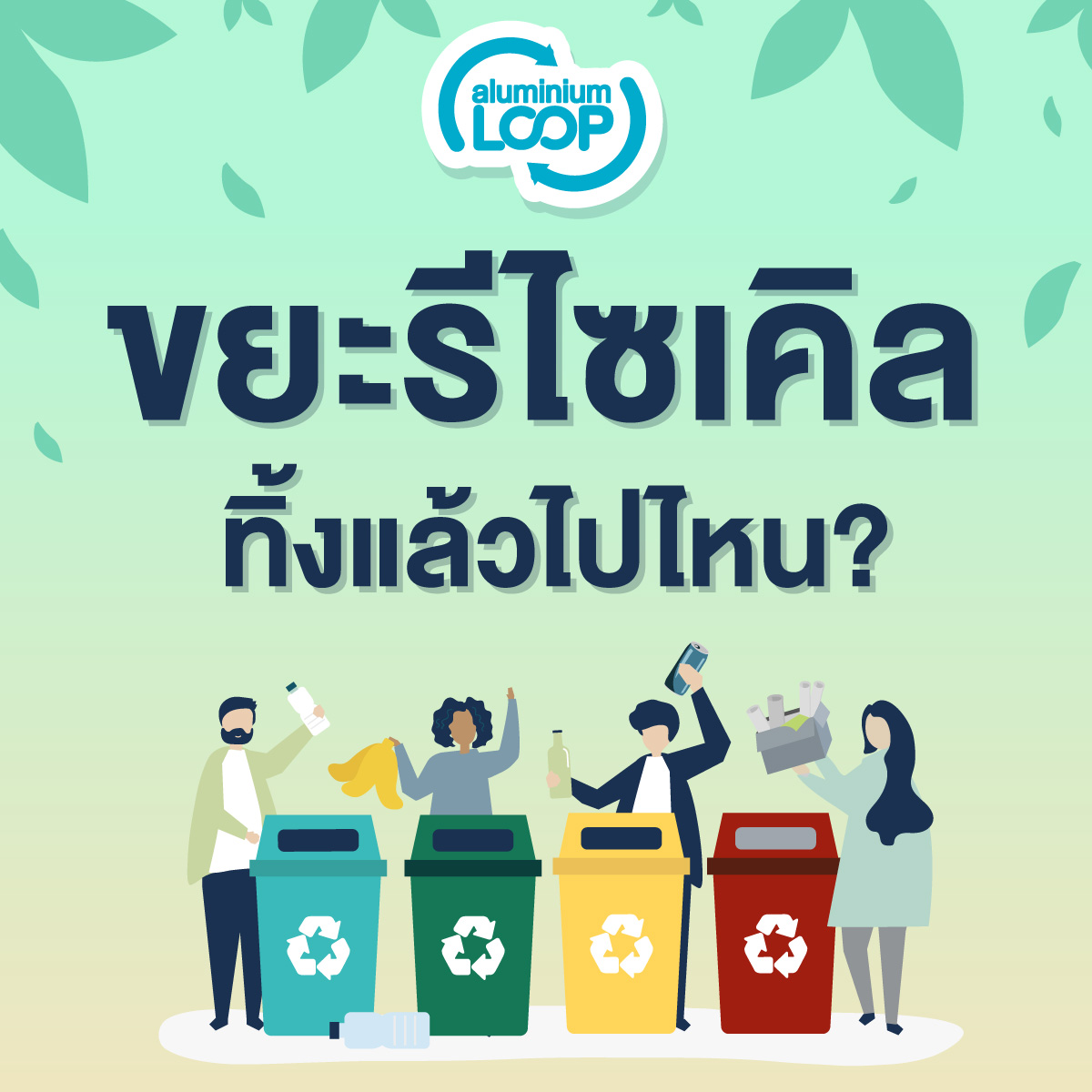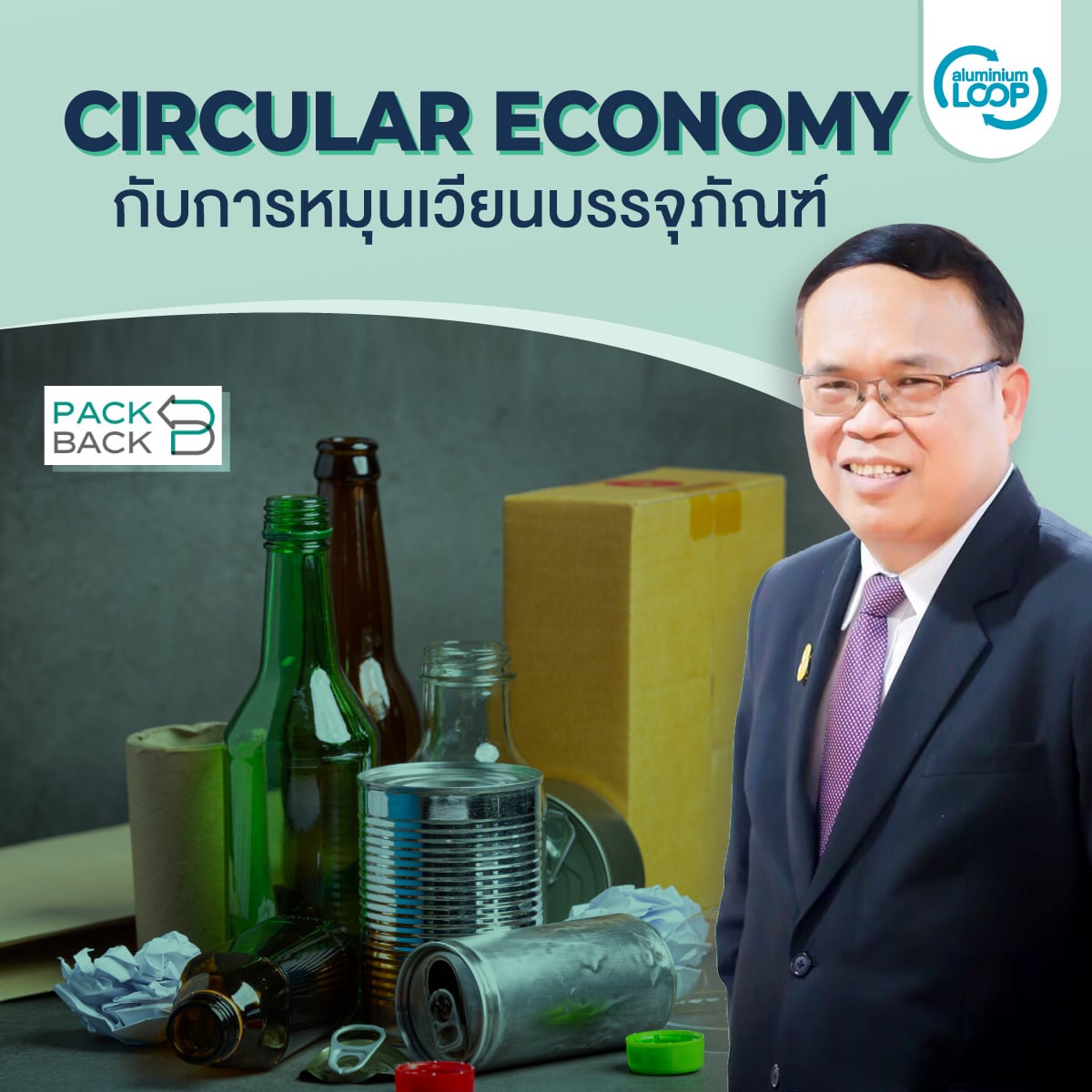
Why do packaging businesses need to adapt and change?
Packaging waste is a matter close to both consumers and manufacturers. Manufacturers need to take responsibility for their packaging from the source.
Where do discarded aluminium cans go…? Every aluminium can you throw away could either end up being wasted or reborn, and believe it or not, it also depends on how you sort your trash!
Many might not think that sorting waste can affect the fate of an aluminium can, which is why Aluminium Loop wants to invite everyone to watch the documentary “The Life of a Can: The Cycle of Life and Death of Aluminium” to understand the benefits of aluminium. But for those who want a quick overview, we have a documentary review to share first.
Firstly, the documentary “The Life of a Can: The Cycle of Life and Death of Aluminium” is part of the Waste Journey series on the “Thuen Channel” by Wannasingh Prasertkul, a top environmental activist in Thailand, who produced the documentary Waste Journey: Wrong Sorting, Changed Lives last year. In this documentary, Wannasingh takes us to see the landfill from unsorted waste that wasn’t properly recycled, accumulating in vast amounts, and it would take decades to eliminate. Even though the waste could be converted into heat or electrical energy, if it’s mixed and not properly sorted, the disposal cost increases to achieve a better environment. Therefore, the best way to manage waste isn’t just converting it into energy but reducing and sorting waste at the source.
In the landfill, not all waste is useless; there’s recyclable waste that slipped through the first recycling process, handled by recycle collectors and garbage collectors. Some landfills allow locals to collect or sort this waste further. But wouldn’t it be better if recyclable waste could follow the recycling path right from the start without visiting a landfill that isn’t its place? If you want these recyclables to have a new life, the simplest way to help is by sorting waste at the source, reducing the workload of recycle and garbage collectors. Otherwise, these people might miss sending recyclable waste, and some unfortunate pieces could end up floating into the landfill.



One very interesting type of packaging when it comes to its life after becoming waste is the aluminium can, because it can be 100% recycled over and over again. Moreover, the selling price of used aluminium cans is higher than other types of packaging waste, almost making it not waste at all due to its high value, providing profit to consumers before being reborn repeatedly.
Aluminium cans are made from the metal aluminium, which originally needs to be extracted from other minerals like bauxite, as aluminium isn’t found as a pure metal in nature. Despite being abundant as the third most common element in the Earth’s crust, the process of smelting the ore and extracting it is quite energy-intensive compared to recycling. Recycling aluminium, such as aluminium cans, only uses 5% of the energy and can save up to 95% of the energy compared to producing new from ore.
Used aluminium cans can be recycled in their entirety, without the need to separate the pull ring from the can, which many people still think needs to be separated for upcycling into prosthetic limbs. This is quite outdated because even though it was possible in the past, nowadays, new materials with suitable properties for manufacturing prosthetic parts have been developed, making aluminium from pull rings less relevant. Prosthetic foundations recommend that the public sell aluminium to donate money to the foundation for buying materials for prosthetics and operational expenses instead.
After sorting, many aluminium cans are compressed together into square blocks to save space during transportation to the recycling plant. At the recycling plant, these compressed blocks of cans are chopped into small pieces, then put into a furnace to burn off any paint, followed by melting and casting into ingots before being rolled into thin sheets and coiled into what’s known as aluminium coil, ready to be sent to manufacturers for producing aluminium products like new cans.


For Thailand, we produce over 5 billion aluminium cans per year. Over 85% of these cans are recycled, a high recycling rate due to the ease of recycling aluminium since it’s a monomaterial that doesn’t need to be separated from other materials before recycling. Moreover, aluminium cans produced in Thailand contain more than 70% recycled content, the highest compared to other types of packaging. However, the production of aluminium cans can’t rely solely on recycled aluminium; it also requires newly extracted aluminium, which consumes a lot of energy. Therefore, the more aluminium we recycle, the more we can reduce the energy used in can production.
Let’s join in extending the life of this metal, from aluminium to aluminium, from can to can, in a simple way anyone can do: by sorting waste properly before disposal. Special attention should be paid to recyclable waste, so these materials can be reborn and continue to benefit us many times over, especially aluminium cans, which can be 100% recycled without losing quality, and there’s no need to separate the pull tabs before disposal anymore!
Watch the documentary “The Life of a Can: The Cycle of Aluminium” at:
https://www.facebook.com/wannasingh/videos/759290832133902/
Watch the documentary Waste Journey, episode “Wrong Sorting, Changed Lives.” at


Packaging waste is a matter close to both consumers and manufacturers. Manufacturers need to take responsibility for their packaging from the source.

Have you ever wondered what happens to trash after you throw it away? Can it be recycled? Let’s follow the journey of recyclable waste together.

How important is the Circular Economy to Thailand? How is it being driven forward, and what other related issues are there? Let’s find the answers.